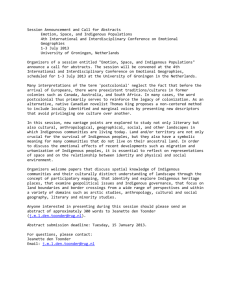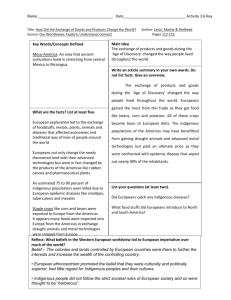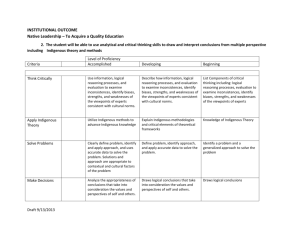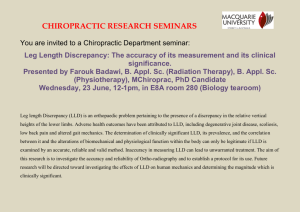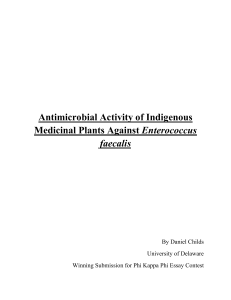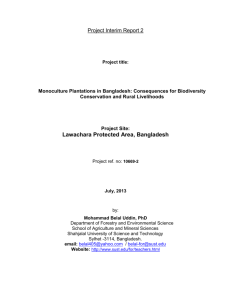Mexican Traditional Medicine Digital Library Review
advertisement
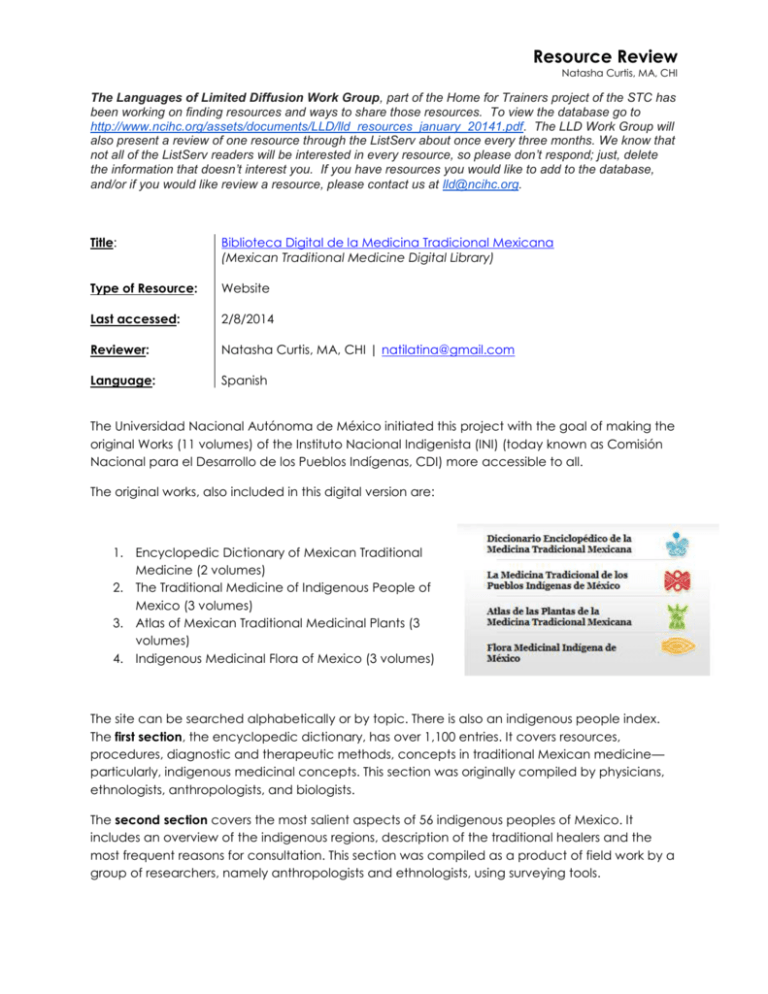
Resource Review Natasha Curtis, MA, CHI The Languages of Limited Diffusion Work Group, part of the Home for Trainers project of the STC has been working on finding resources and ways to share those resources. To view the database go to http://www.ncihc.org/assets/documents/LLD/lld_resources_january_20141.pdf. The LLD Work Group will also present a review of one resource through the ListServ about once every three months. We know that not all of the ListServ readers will be interested in every resource, so please don’t respond; just, delete the information that doesn’t interest you. If you have resources you would like to add to the database, and/or if you would like review a resource, please contact us at lld@ncihc.org. Title: Biblioteca Digital de la Medicina Tradicional Mexicana (Mexican Traditional Medicine Digital Library) Type of Resource: Website Last accessed: 2/8/2014 Reviewer: Natasha Curtis, MA, CHI | natilatina@gmail.com Language: Spanish The Universidad Nacional Autónoma de México initiated this project with the goal of making the original Works (11 volumes) of the Instituto Nacional Indigenista (INI) (today known as Comisión Nacional para el Desarrollo de los Pueblos Indígenas, CDI) more accessible to all. The original works, also included in this digital version are: 1. Encyclopedic Dictionary of Mexican Traditional Medicine (2 volumes) 2. The Traditional Medicine of Indigenous People of Mexico (3 volumes) 3. Atlas of Mexican Traditional Medicinal Plants (3 volumes) 4. Indigenous Medicinal Flora of Mexico (3 volumes) The site can be searched alphabetically or by topic. There is also an indigenous people index. The first section, the encyclopedic dictionary, has over 1,100 entries. It covers resources, procedures, diagnostic and therapeutic methods, concepts in traditional Mexican medicine— particularly, indigenous medicinal concepts. This section was originally compiled by physicians, ethnologists, anthropologists, and biologists. The second section covers the most salient aspects of 56 indigenous peoples of Mexico. It includes an overview of the indigenous regions, description of the traditional healers and the most frequent reasons for consultation. This section was compiled as a product of field work by a group of researchers, namely anthropologists and ethnologists, using surveying tools. Resource Review Natasha Curtis, MA, CHI The third section contains 1,045 entries with the most frequently used medicinal plants. The entries include taxonomy, botanical description, ethnical and anthropological botanical information, history and experimental information (chemistry, active ingredients, pharmacology and toxicity). 350 traditional healers contributed to its creation. The fourth section includes 33 articles from different indigenous communities. Many of these articles are presented as a parallel text in Spanish and the corresponding indigenous language. These articles provide insight regarding cultural and/or ecological aspects of the given area. These useful articles, some of which include illustrations, also describe first-hand knowledge of medicinal flora, geographic description, medicinal application, causes and symptoms of the ailments they seek to alleviate. More than 230 traditional healers contributed to its creation. Overall, this may be a useful source of information to trainers who seek to develop a cultural competence piece. It may be particularly useful to develop a cultural competence educational module for physicians and other medical professionals. Medical interpreters may use this resource to clarify concepts related to Mexican traditional medicine. Unfortunately, this resource is mostly targeted to Spanish speakers. Some knowledge of scientific names of plants would be useful.


